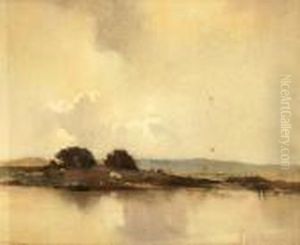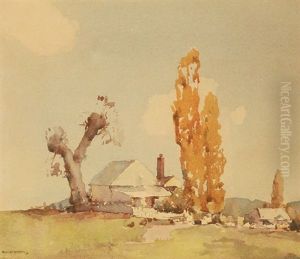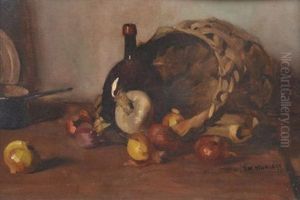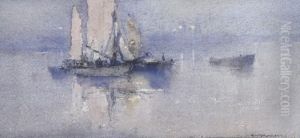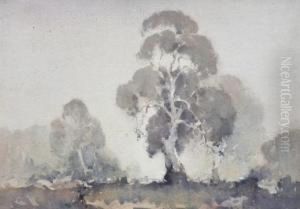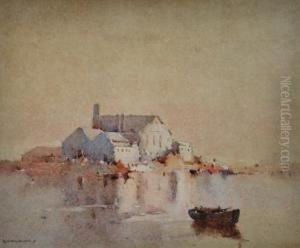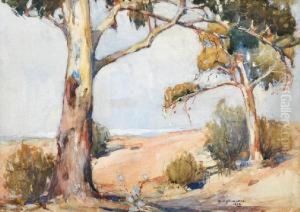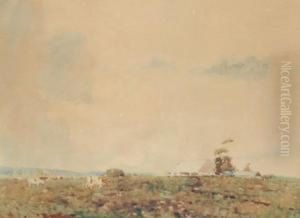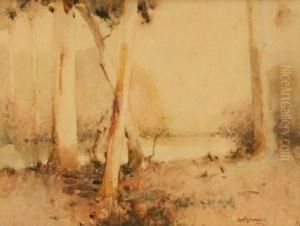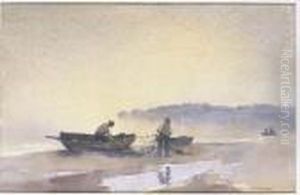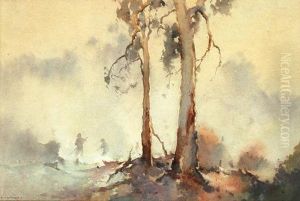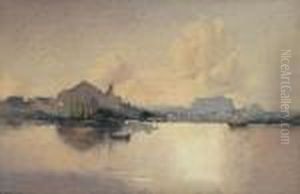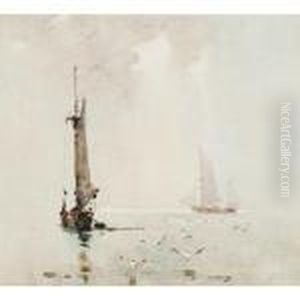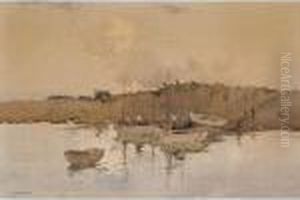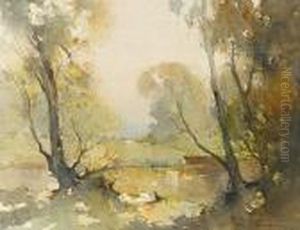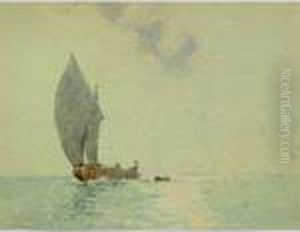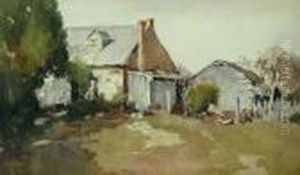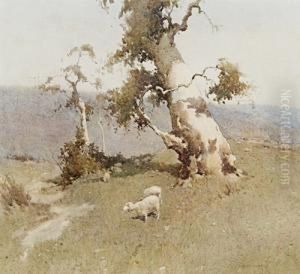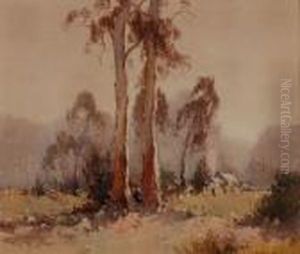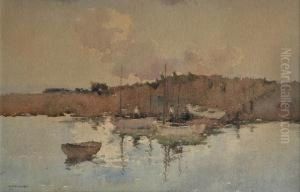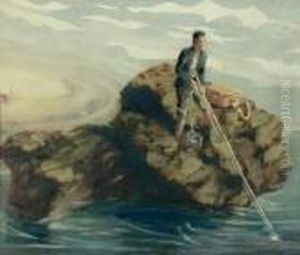Reginald Ward Sturgess Paintings
Reginald Ward Sturgess was an Australian artist known for his expertise in trompe-l'oeil, a French term meaning 'deceive the eye', which is an art technique that uses realistic imagery to create the optical illusion that depicted objects exist in three dimensions. Born on February 19, 1892, in Newport, Victoria, Sturgess showed a talent for art from a young age. His education in art began under the tutelage of Walter Withers, a landscape painter and member of the Heidelberg School, and later, he studied at the National Gallery of Victoria Art School.
Sturgess's work was significantly influenced by the Heidelberg School, an Australian art movement known for its plein air painting and impressionistic treatment of the Australian landscape. He, however, diverged from this path by developing a fascination with trompe-l'oeil. His paintings often featured Australian flora and fauna, meticulously rendered to trick the viewer's eye into believing they were looking at the real object.
Despite his talent, Reginald Ward Sturgess did not achieve significant fame during his lifetime, and his works were often more appreciated by fellow artists and connoisseurs than by the general public. His dedication to the trompe-l'oeil technique set him apart from his contemporaries who were exploring different styles and subjects.
Sturgess's life was tragically short. He struggled with health issues for many years and eventually succumbed to illness at the age of 40 on October 23, 1932, in Melbourne, Victoria. Although his career was brief, his contributions to Australian art have been recognized posthumously, and his works are now held in several Australian galleries, including the National Gallery of Victoria. Sturgess's legacy lives on through his enchanting and skillful paintings that continue to deceive and delight the eyes of viewers.
